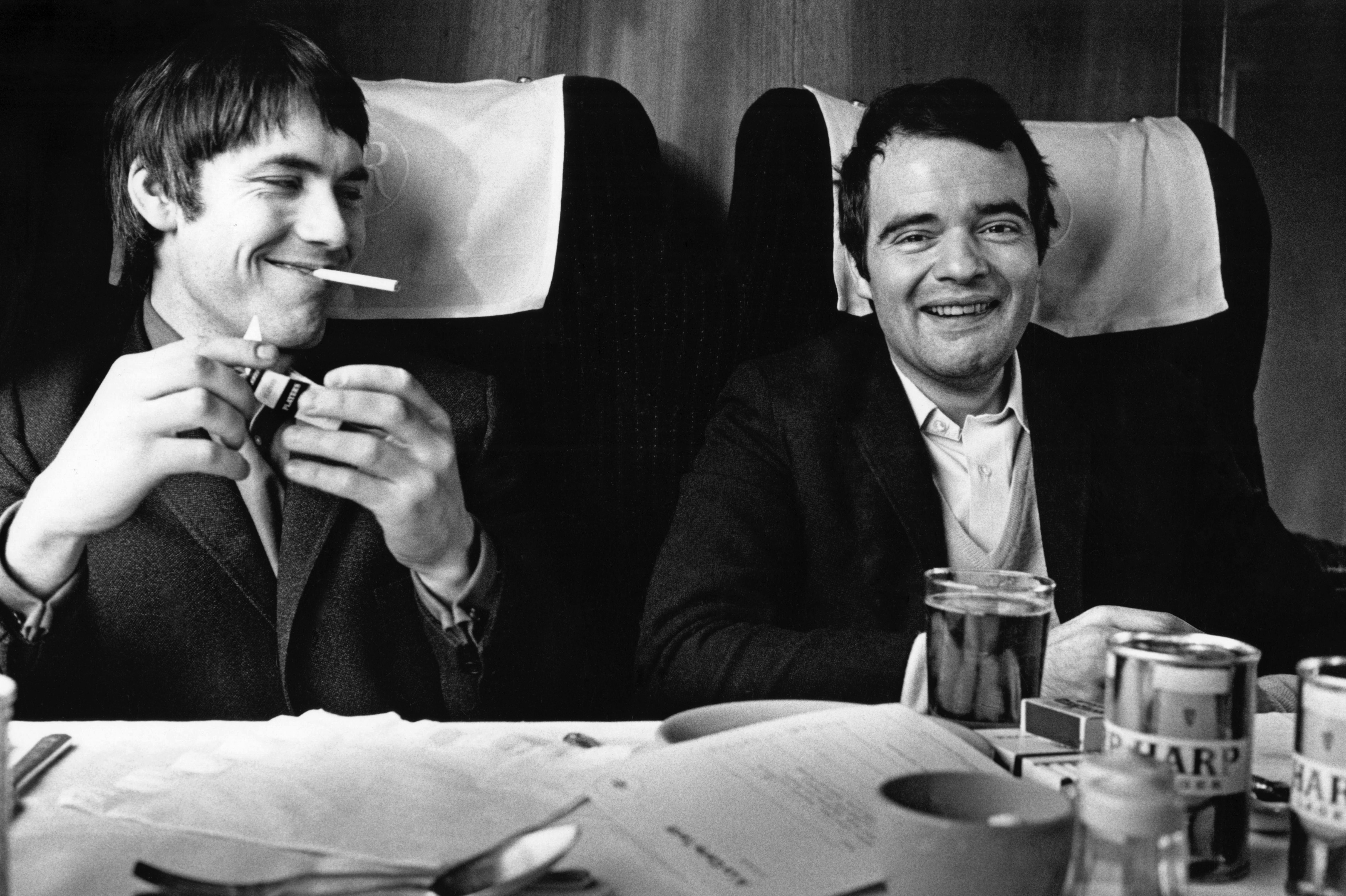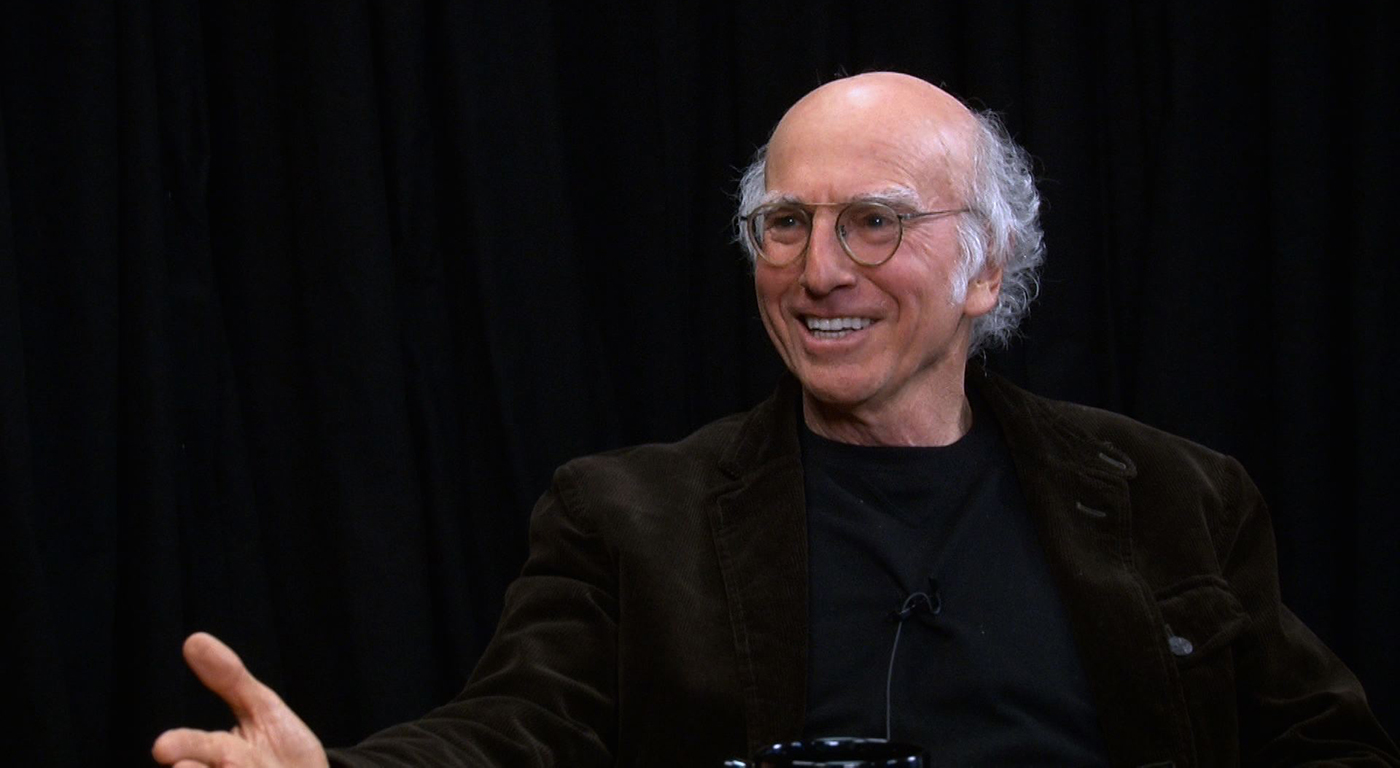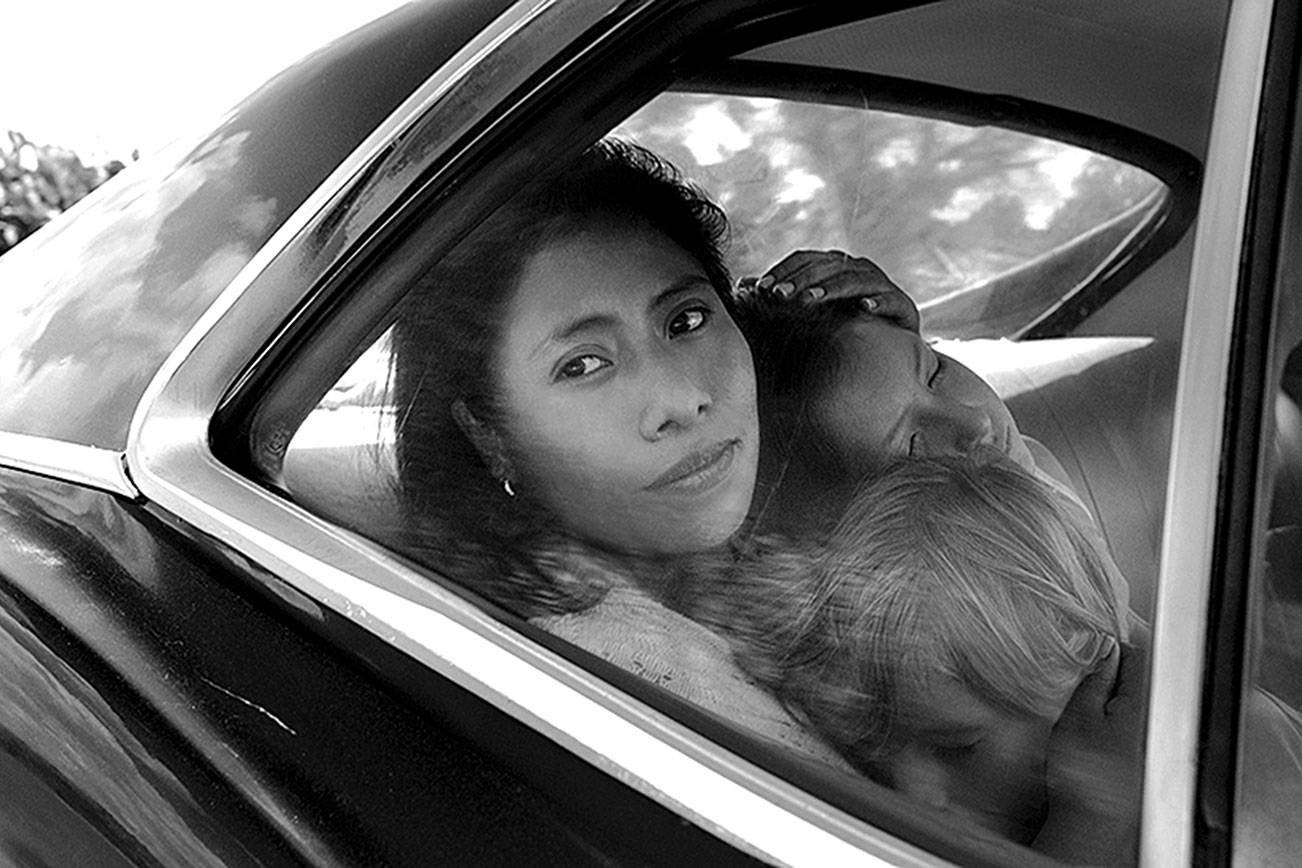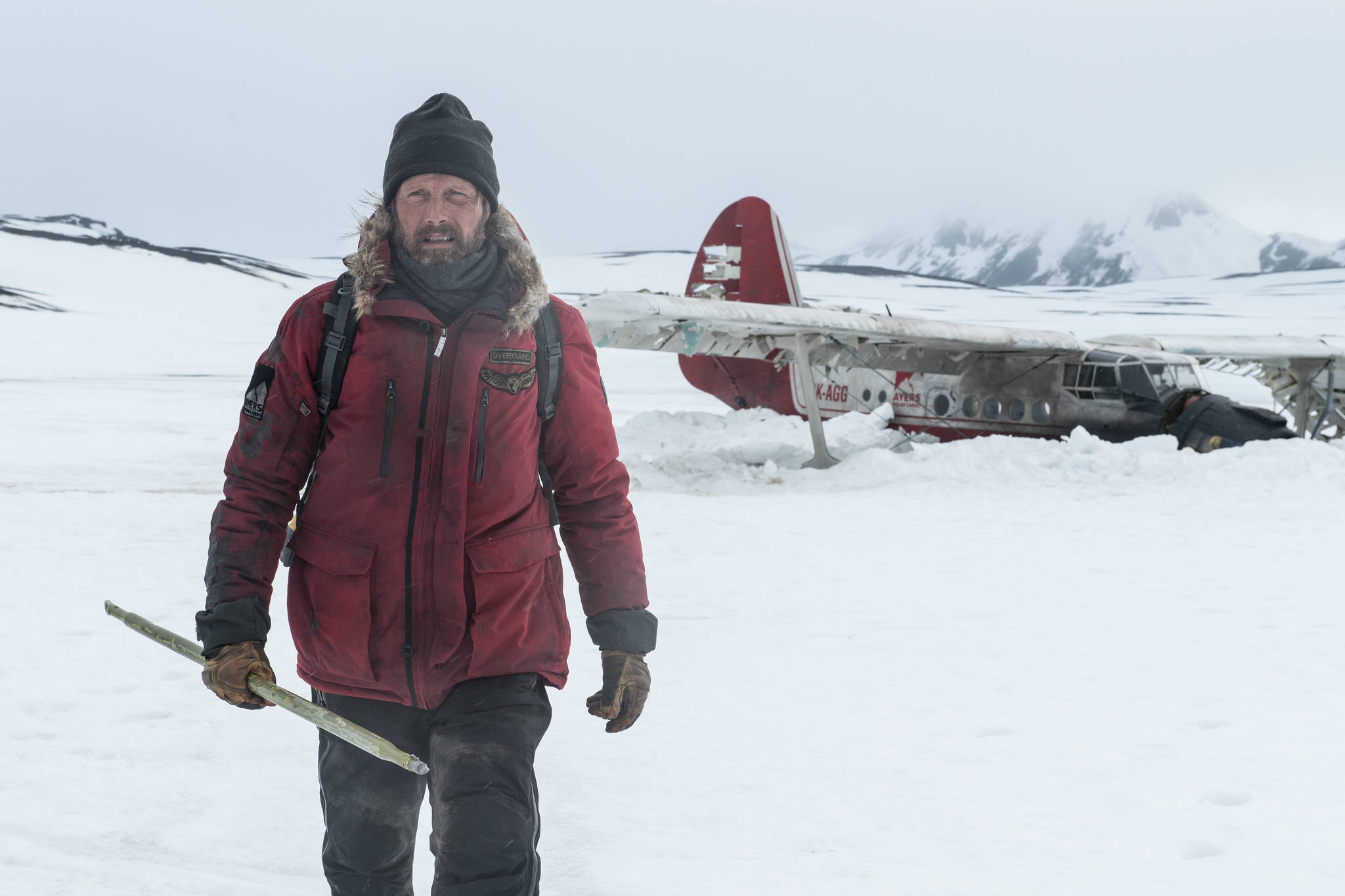TERRENCE MALICK’S DIRECTORIAL debut, Badlands, drove “outlaw-couple road film” onto rarely explored backroads of the American unconscious. Now, with his breathlessly anticipated return to the director’s chair, he rewrites the WWII platoon genre in much the same way. His originality is made all the more apparent by the inevitable comparison with 1998’s previous ambitious war epic by a legendary director—Steven Spielberg’s much lauded Saving Private Ryan, which plunged audiences into the overwhelming carnage of D-Day before settling into a rather conventional narrative.
The Thin Red Line
directed by Terrence Malick
starring Sean Penn, Nick Nolte, John Cusack, Jim Caviezel
now playing at Meridian
The Thin Red Line is far more sensory and far less conventional than Spielberg’s offering. Malick explores jungle vegetation with the same intensity he brings to battles, and he brings alive the tormented mental musings of more than a dozen major characters no less vividly than their physical ordeal. The film is so full of delicately powerful images and privileged moments that you feel as if Malick saved up his cinematic ideas over the past 20 years and poured them all into this one film. The result is at once abstract and visceral—an overwhelming, troubling, and overreaching masterpiece.
Ostensibly the film centers on two soldiers: Pvt. Witt (Jim Caviezel), who has gone AWOL to experience the South Seas idyll of a small native village; and First Sgt. Welsh (Sean Penn), the cynical NCO who runs Charlie company and saves Witt from court martial. But Malick’s platoon’s-eye view of WWII is so sweeping and inclusive that he soon cuts the narrative loose from these two, wandering through the experiences of more than a dozen soldiers and officers.
After a characteristically Malickian dreamy prologue, C-for-Charlie company—led by the frustrated career officer Lt. Col. Tall (Nick Nolte)—strikes at the Japanese troops dug in on the remote island of Guadalcanal. Among the soldiers whose minds and experiences are plumbed by Malick during the ensuing battle are Pvt. Bell (Ben Chaplin), who embraces the memory of his wife in repeated flashbacks, Capt. Staros (Elias Koteas), who risks insubordination to save his men from certain death, and Tall’s prot駩, Capt. Gaff (John Cusack), who rises to the call of leadership only to see the failings in his mentor.
Visually, the film is a tour de force, packed with unforgettable images. A gliding camera, surfing along the white tips of a hill covered in waist-high grass, is all flowing
elegance and dispassionate observation as it depicts soldiers torn apart and splayed in death, victims of the snipers concealed in the grass. In the midst of this sensual order, the climactic battle on the hilltop devolves into a chaotic free-for-all, with staccato editing and jiggling you-are-there camerawork orchestrating the confusion and heightening the shock for the viewer.
EVEN WHEN THE FILM bogs down in a weeklong reprieve from the battle—an admirable, if misguided, attempt to show the men lost in inactivity—there is more substance in that 20-minute sequence than most American features can muster in their entire running time. Malick’s gift is his ability to deliver powerful “moments,” and The Thin Red Line delivers them constantly: A soldier plays violin below deck before the attack; the sun comes out and turns dull green grass a vibrant spring color just before the charge up the hill; red coals glow through a spire of smoke as it rises from a burning hut.
Between battles, Malick turns inward to the musings of the soldiers, whose voice-overs and off-camera dialogue overlay the camera’s images as it takes stock of their jungle surroundings. Next to the army green and muddy faces of the soldiers who have come to deliver death, the verdant jungle teems with life, and the most devastating images in the film turn out to be not of the dying troops but of the effect of their strife on the life around them: a blade of grass smeared with a single swath of human blood, a dying baby bird struggling across the jungle floor. . . .
Malick has always had more feeling for the natural world than the human one, and this keeps him from connecting properly with the human drama in The Thin Red Line. He’s so busy exploring the immediacy of each character’s experience that he neglects to ground any of them in a life, to make any of them fully human. Only Pvt. Bell, with his memories of marriage, has any connection to a world outside the war. With nary a “Where you from, soldier?” the rest of the cast are no better than enigmas, fascinating bundles of contradictions rather than fully realized characters.
Malick’s reach is epic and ambitious, taking on such well-worn and challenging themes as the struggle between man and nature, and the transient ferocity of war set against the eternal majesty of paradise lost. This is not typical war-film fare, and it proves to be more than Malick can accomplish in his 170-minute-thick Thin Red Line. But even with a narrative that is too disconnected from reality to connect properly with the audience—too disconnected within itself, for that matter, to bring all its elements together properly—the cinematic experience it delivers is overwhelming. Malick has masterfully layered the sounds of war with the cacophony of human voices, interlacing Hans Zimmer’s moody score with cinematographer John Toll’s lush images and beautiful shots. The result is one of the richest and lushest films ever to emerge from Hollywood.







